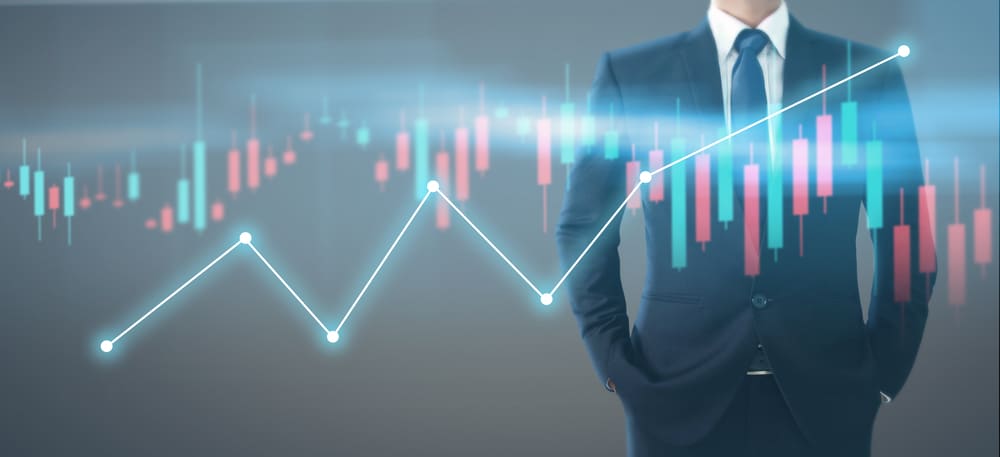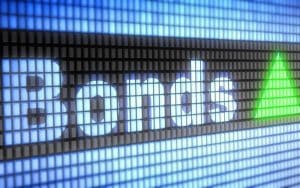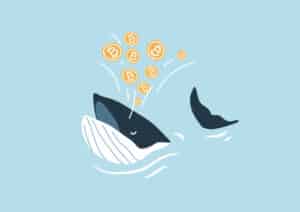Many investors start trading without a comprehensive understanding of the assets they put money in. They learn about candlestick patterns and different factors that could affect their trades. What most miss is that all of these signals follow the general economy, which has its own indicators. Below are economic indicators that can help you improve your trading efficiency.
Definition
Economic indicators are macroeconomic data that economists use to form analyses on current and future investment possibilities. Investors and businesses alike can update these metrics at any moment in time to make speculation about the state of the future market hence, decide on their approaches.
Economic indicators are also important to the government by revealing signs that assist them in evaluating the overall health of the economy.
Types of economic indicators
Gross domestic product (GDP)
Gross domestic product is the monetary value of all finished goods and services made within the country during a period of time (typically a year). It shows the changes in the growth of a country’s economy in the last year. This makes it one of the best metrics to indicate the growth trajectory of the economy relative to itself and other economies.
A high GDP represents a period of high growth which means investments might yield lucrative returns. However, when the economy grows too quickly, we might expect the government to intervene to protect the currency from inflation. The government will also monitor GDP to artificially boost the economy in a period of recession.
Consumer price index (CPI)
The consumer price index is a measure of the weighted average prices of a basket of goods and services. This is the index that measures the rate of inflation. Governments will keep track of this metric to protect the purchasing power of the country’s currency.
Investors and businesses can use the CPI to anticipate the government’s involvement in the economy. According to many economists, the inflation rate of a healthy, developed economy is around the 3% mark.
Unemployment rate
How much unemployment an economy has is also an indication of its overall well-being. A strong economy generally has a low unemployment rate, where there is a high demand for the labour market. When more people work, there is higher consumer confidence, which leads to the increased money volume and the rate of economic expansion.
This measure excludes the natural unemployment rate (NUR), which is normally at 5%. NUR is the sum of structural and frictional unemployment.
Conclusion
The three main types of economic indicators are GDP, CPI, and unemployment rate. Each reveals information about a country’s economy that guides the government and individual investors alike to make well-educated decisions to reach their own objectives.



